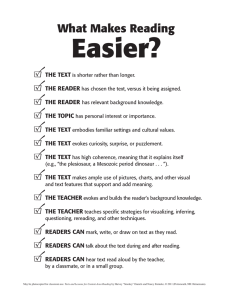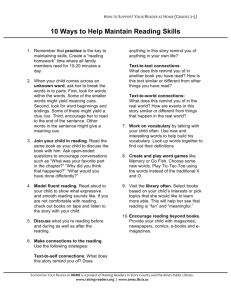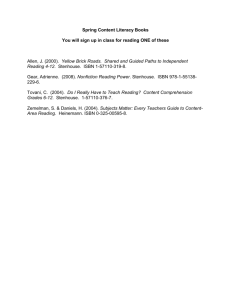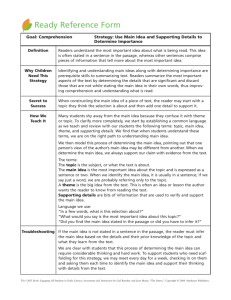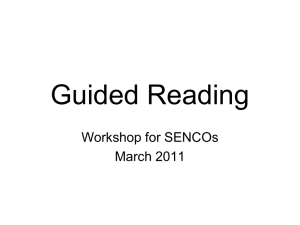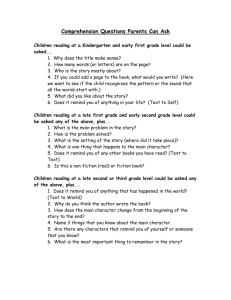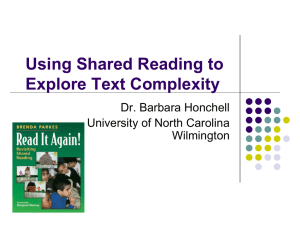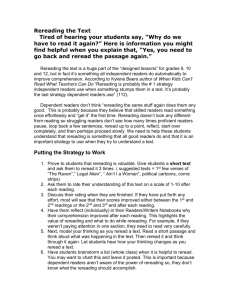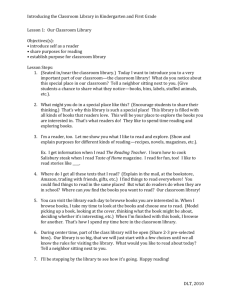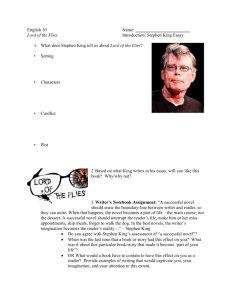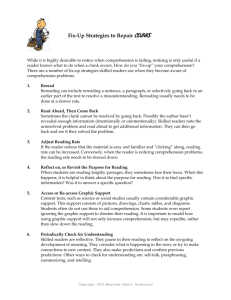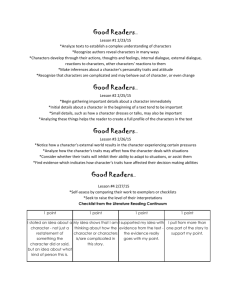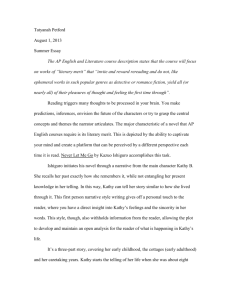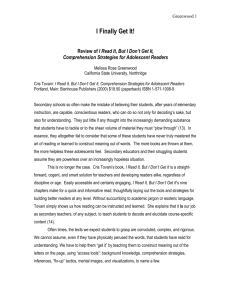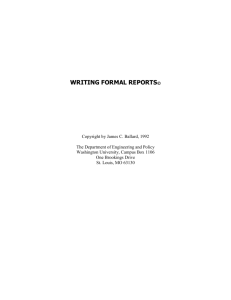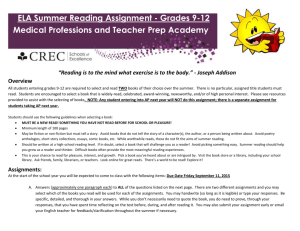FIX-UP STRATEGIES
advertisement
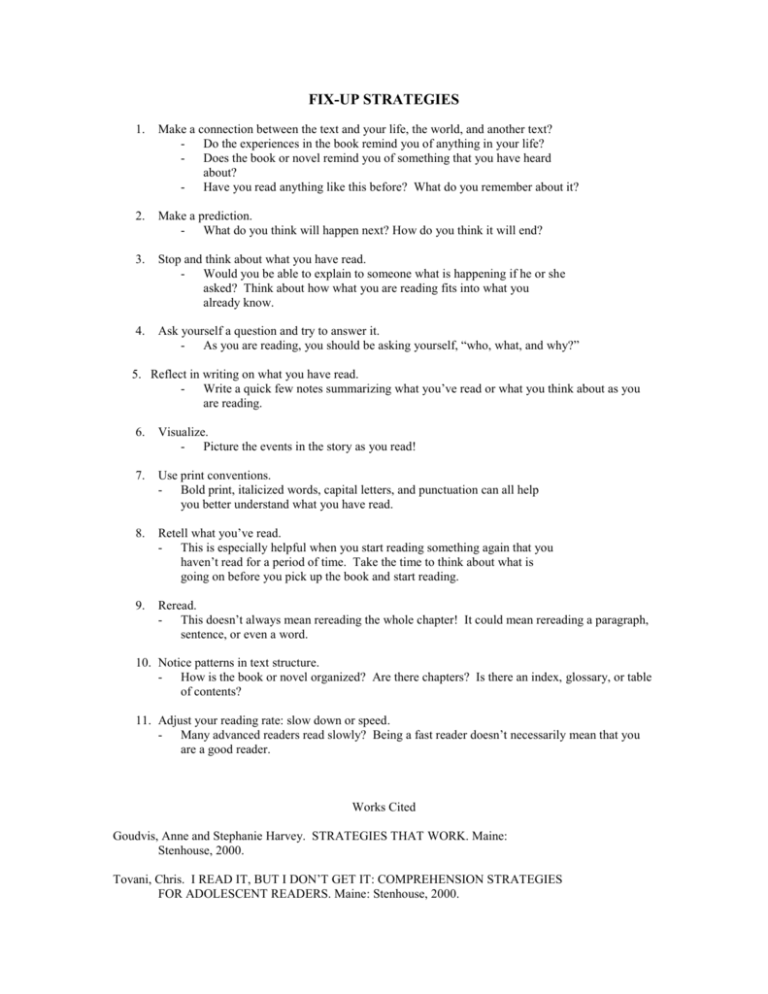
FIX-UP STRATEGIES 1. Make a connection between the text and your life, the world, and another text? - Do the experiences in the book remind you of anything in your life? - Does the book or novel remind you of something that you have heard about? - Have you read anything like this before? What do you remember about it? 2. Make a prediction. - What do you think will happen next? How do you think it will end? 3. Stop and think about what you have read. - Would you be able to explain to someone what is happening if he or she asked? Think about how what you are reading fits into what you already know. 4. Ask yourself a question and try to answer it. - As you are reading, you should be asking yourself, “who, what, and why?” 5. Reflect in writing on what you have read. - Write a quick few notes summarizing what you’ve read or what you think about as you are reading. 6. Visualize. - Picture the events in the story as you read! 7. Use print conventions. - Bold print, italicized words, capital letters, and punctuation can all help you better understand what you have read. 8. Retell what you’ve read. - This is especially helpful when you start reading something again that you haven’t read for a period of time. Take the time to think about what is going on before you pick up the book and start reading. 9. Reread. - This doesn’t always mean rereading the whole chapter! It could mean rereading a paragraph, sentence, or even a word. 10. Notice patterns in text structure. - How is the book or novel organized? Are there chapters? Is there an index, glossary, or table of contents? 11. Adjust your reading rate: slow down or speed. - Many advanced readers read slowly? Being a fast reader doesn’t necessarily mean that you are a good reader. Works Cited Goudvis, Anne and Stephanie Harvey. STRATEGIES THAT WORK. Maine: Stenhouse, 2000. Tovani, Chris. I READ IT, BUT I DON’T GET IT: COMPREHENSION STRATEGIES FOR ADOLESCENT READERS. Maine: Stenhouse, 2000.
